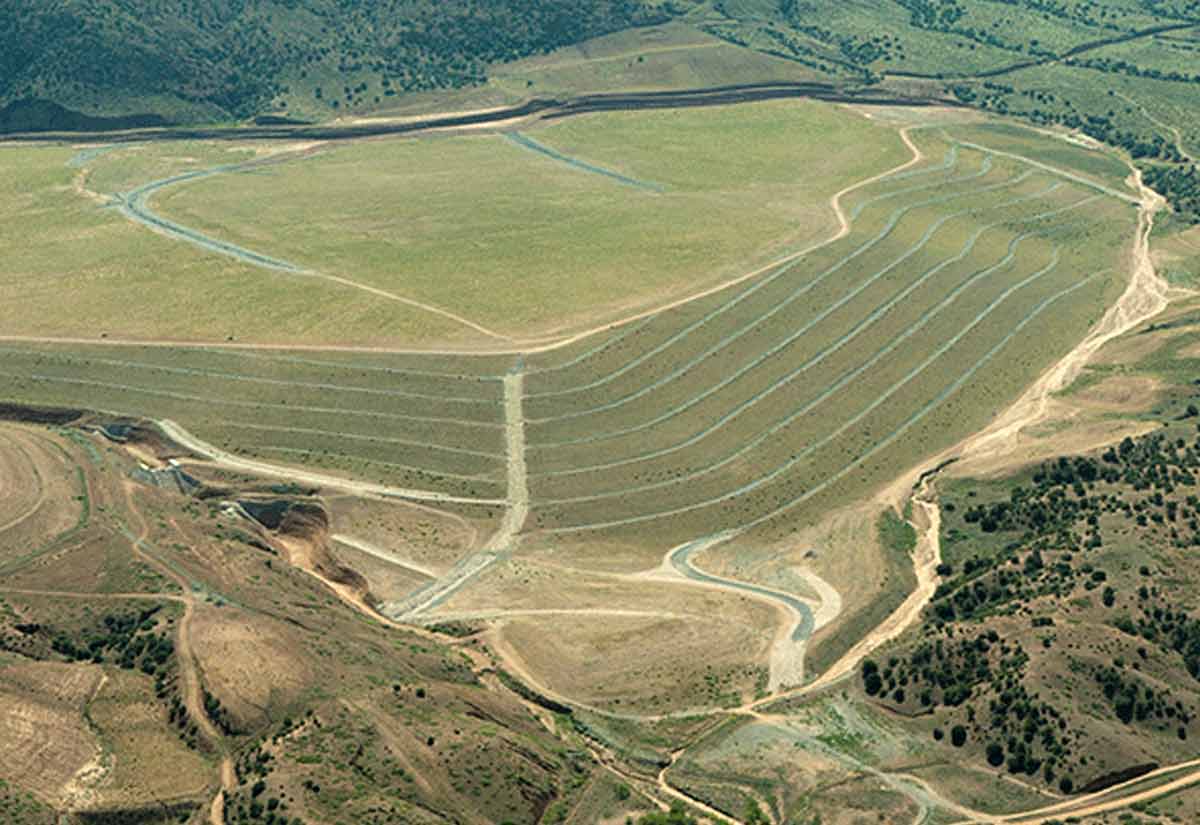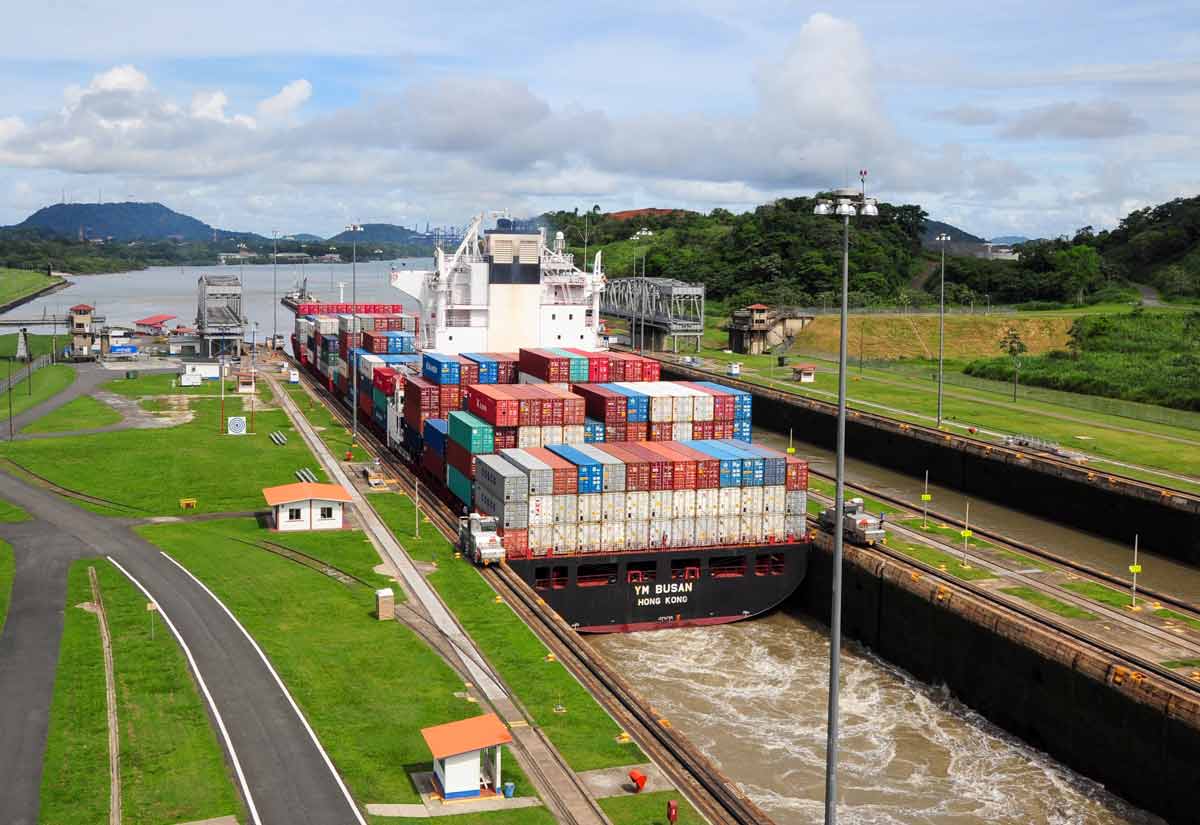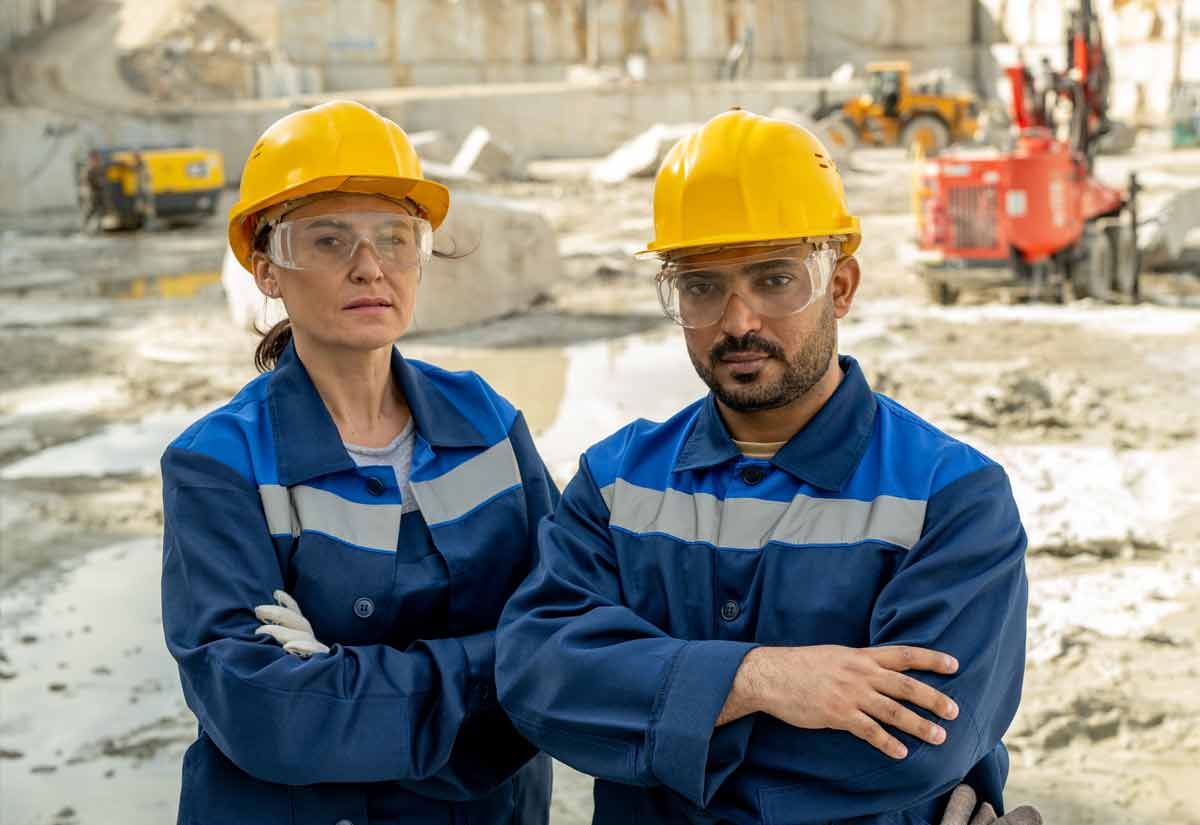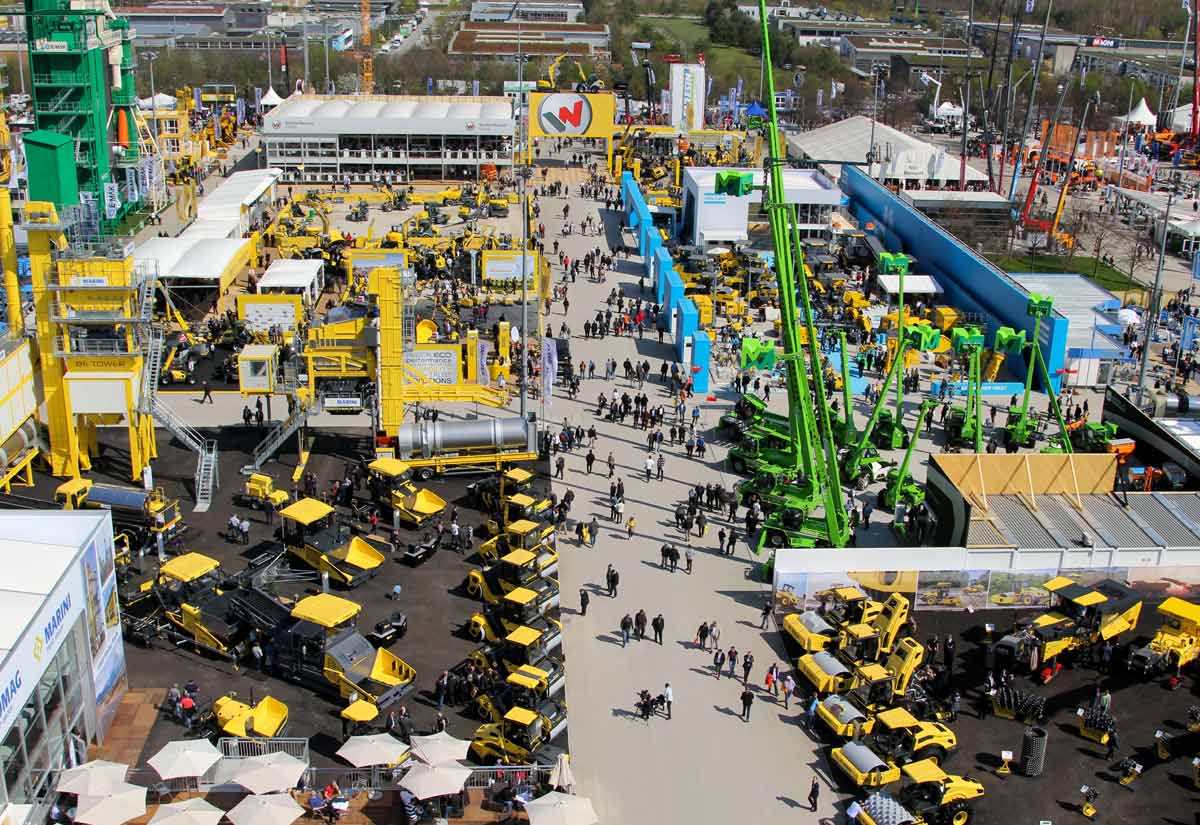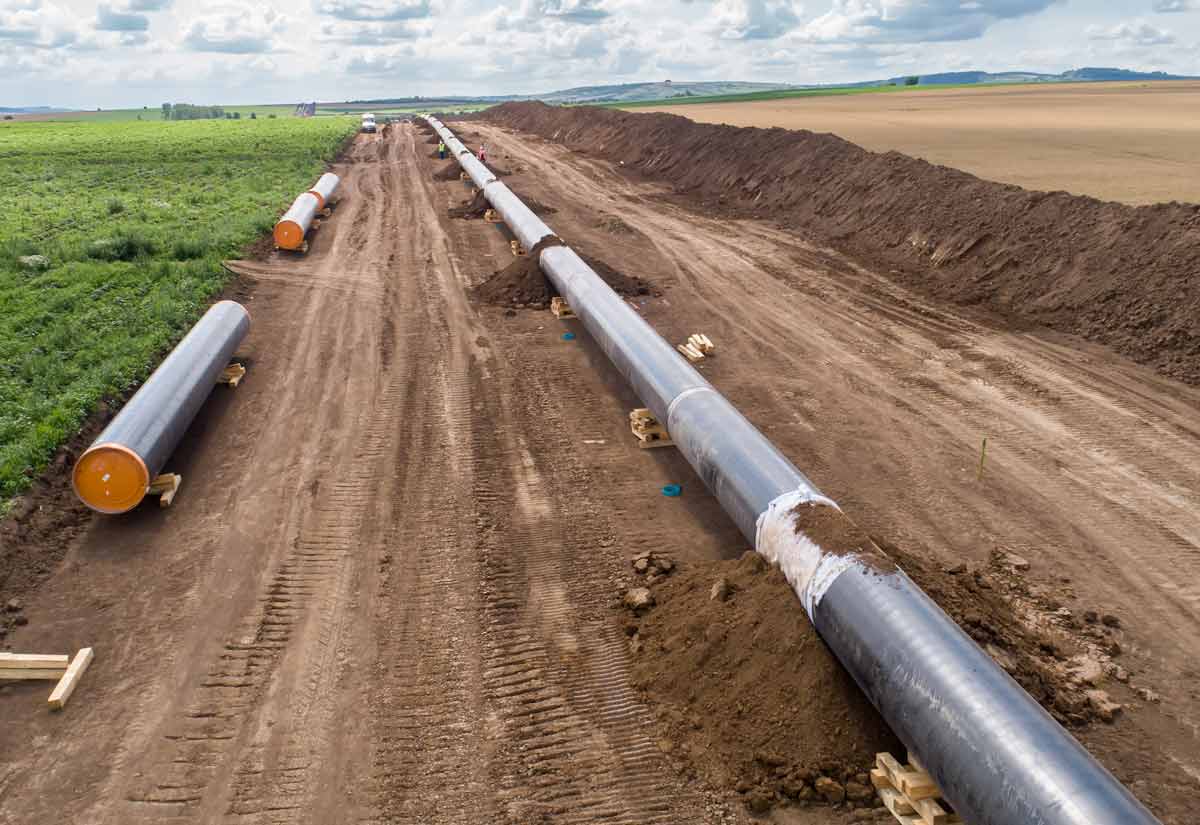As civil construction continues to endure the unprecedented economic and social storm brought on by the COVID-19 pandemic, there’s a silver lining: construction jobs rebounded in May, recouping half of the losses from April. According to the Bureau of Labor Statistics, construction produced the second-largest gains in May — behind hospitality and travel.
As a whole, the construction industry is in a unique position. Despite some amazing gains, there’s still hazard lights looming in the distance. Will we see a post-recovery bounce-back that rivals the pre-pandemic construction market?
Or, will the economic downturn forced by the pandemic result in a slower recovery?
Here’s what you need to know about civil construction and the ongoing pandemic in June.
Two States With Holdout Orders on “Non-essential” Construction Projects
Back in March, Mayor Martin J. Walsh brought all construction projects to a halt in Boston. Since then, cities across the United States implemented limits on construction or stopped “non-essential” construction entirely. During the following month, there was a hodgepodge of contradictory guidelines and local legislature. Some cities, like San Francisco, used shelter-in-place orders to shut down local construction projects. Pennsylvania halted DoT projects, which account for a significant portion of construction projects in the city. Two weeks later, Pennsylvania repealed the order.
This wave of construction shutdowns prompted pushback from construction leaders. Stephen Sandherr — CEO of the Associated General Contractors of America (AGC) — issued a statement urging cities to reconsider these civil construction halts.
“Given the precautions already in place, halting construction will do little to protect the health and safety of construction workers. But it will go a long way in undermining economic vitality by depriving millions of workers of the wages they will need over the coming days.” — Stephen Sandherr
Unsurprisingly, these halts mixed with the already fragile economic ecosystem led to massive layoffs in March and May. Thousands of small construction companies are on the verge of bankruptcy, and some of the largest construction companies in the US have already thrown in the towel. McDermott International filed Chapter 11 at the end of January.
This is a two-sided issue. Retailers are also filing for bankruptcy in droves. JC Penny, Pier 1, Gold’s Gym, Cinemax, J Crew, Neiman Marcus, and many others have all already filed. This means fewer immediate projects on the horizon for construction companies as a whole. For civil construction, this means fewer connecting roads, pipelines, and bridges that need to be built between retail locations.
Luckily, things are starting to turn around. Currently, Massachusetts and Washington are the only two states with non-essential construction barriers in place. Massachusetts should be undergoing its final phase of reopening next month — allowing for condo projects.
Unemployment Shrinking; Some Counties in Desperate Need of Construction Talent
As states continue to pull back on shutdown orders, civil construction is undergoing a small post-shutdown boom. But, more importantly, the industry is re-hiring. And, like many businesses, they’re having a tough time.
Despite rallying calls of high unemployment rates, the truth is: it’s not necessarily easy to find talent in today’s landscape.
Not only is there a psychological element at play (i.e., people are scared of working), but stimulus money combined with high unemployment benefits has some workers hesitant to return. In the 2008 recession, 600,000 workers who left construction never returned. We may see a similar situation on the horizon. In 2019, construction was already dealing with one of the worst labor shortages in recorded history.
There are two ways this plays out:
- The boom in unemployment leads to a wave of new people looking for construction jobs. In this case, we’ll see a shift from horizontal hiring platforms like LinkedIn to more specialized, industry-specific platforms and headhunters to find top-tier talent in the wave of applications.
- The industry — like during the 2008 pandemic — never sees their lost workers return. Instead, those people find new employment during the post-crisis boom and never return. In this case, we’ll see a return to both horizontal hiring platforms as well as a renewed emphasis on headhunters to find talent willing to assist and relocate.
Are You Struggling to Find Talent in a Post-Shutdown Environment?
At Resource Erectors, we specialize in helping you find the human resources you need to compete in manufacturing, engineering, civil construction, and mining. We find talented employees with the credentials, experience, and soft skills you need to execute your recovery strategy. With decades of experience, Resource Erectors keeps close tabs on top industry professionals willing to bring tangible value to your next project.
Are you ready to find the people you need to navigate this complex economic landscape? Contact us.





